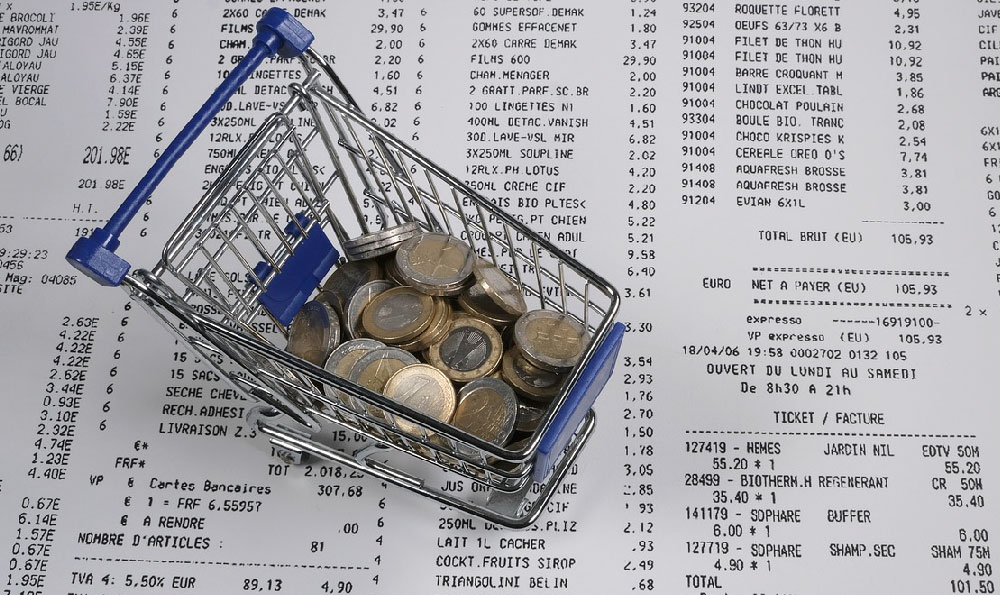Buc-ee's, the iconic Texas-based chain of travel centers, has cultivated a near-mythical status. More than just a gas station, it’s a destination. Famous for its pristine restrooms, vast selection of snacks and merchandise, and sheer scale, Buc-ee's draws in massive crowds, prompting many to wonder about its financial performance, specifically, how much it makes daily and whether it's profitable.
Pinpointing the exact daily revenue of a Buc-ee's store is challenging because Buc-ee's is a privately held company and doesn't publicly disclose its financial information. Any figures circulating online are, at best, educated estimations based on available data and industry benchmarks. These estimations typically consider several factors. Foot traffic is paramount. Buc-ee's locations are strategically situated along major highways, drawing in a constant stream of travelers. The sheer volume of customers passing through each store every day is a significant revenue driver. Average customer spend is another vital piece of the puzzle. While individual purchases might seem small – a beaver nugget here, a brisket sandwich there – they add up quickly. Buc-ee's is masterful at encouraging impulse purchases, placing tempting displays strategically throughout the store. The sheer variety of goods available contributes to higher average transaction values. Finally, the product mix plays a crucial role. Buc-ee's offers a diverse range of products, from gasoline and food to clothing, souvenirs, and even home décor. The profit margins on these items vary, with merchandise generally offering higher margins than fuel.
Estimating the average daily revenue for a Buc-ee’s location requires a blend of these factors with industry knowledge. Given the high volume of customers and the tendency for customers to spend more than they would at a typical gas station, estimates range from tens of thousands to hundreds of thousands of dollars per day. Some reports suggest that a busy Buc-ee's location can generate between $50,000 and $150,000 in daily revenue, with particularly large stores potentially exceeding that range. It's important to remember that these are just estimates, and the actual figures likely vary based on location, season, and overall economic conditions. A Buc-ee’s located on a heavily trafficked interstate in Texas during peak travel season will almost certainly generate more revenue than one located in a less populated area during the off-season.

While estimating daily revenue is difficult, assessing Buc-ee's profitability is more straightforward. The company’s long-term expansion and continued investment in new locations strongly suggest that it is indeed highly profitable. Several factors contribute to Buc-ee's impressive profitability. High sales volume is a primary driver. The sheer number of transactions that occur daily across all Buc-ee's locations generates significant revenue. Strategic pricing is another key element. While Buc-ee's isn't necessarily the cheapest option in every category, it offers competitive prices on many items while also capitalizing on the perceived value of its unique products and overall experience. Operational efficiency plays a critical role. Buc-ee's is known for its well-maintained facilities, efficient staff, and streamlined processes, which help to control costs and maximize profit margins. Inventory management is also important. By carefully managing its inventory and minimizing waste, Buc-ee's can optimize its profitability. Diversified revenue streams are crucial, too. Buc-ee's doesn't rely solely on fuel sales. Its diverse product mix, including food, beverages, merchandise, and souvenirs, provides multiple revenue streams and reduces its dependence on any single category.
Beyond these factors, Buc-ee's has cultivated a strong brand identity. The company has created a unique and memorable experience that resonates with customers. The combination of clean restrooms, friendly staff, and a vast selection of products has helped to build a loyal following. This brand loyalty translates into repeat business and positive word-of-mouth referrals, further contributing to Buc-ee's profitability. The company's commitment to cleanliness, particularly in its restrooms, is legendary and a significant differentiator in the travel center market. This focus on customer comfort and convenience has helped to elevate the Buc-ee's brand and drive customer satisfaction.
Looking ahead, Buc-ee's ambitious expansion plans are a strong indicator of its financial health and future profitability. The company is expanding beyond Texas and into other states, bringing its unique brand of travel center to new markets. This expansion is a testament to Buc-ee's proven business model and its confidence in its ability to succeed in new locations. The significant investment required for these expansions suggests that Buc-ee's has the financial resources and strategic vision to continue its growth trajectory.
In conclusion, while pinpointing the precise daily revenue of a Buc-ee's store remains challenging due to the company's private status, a combination of factors, including high foot traffic, diverse product offerings, and strategic pricing, leads to a reasonable estimate of tens of thousands to potentially hundreds of thousands of dollars per day, depending on the location and season. More importantly, Buc-ee's overall profitability is almost certain, supported by high sales volumes, efficient operations, a strong brand identity, and ambitious expansion plans. The company's success is a testament to its unique business model and its ability to create a memorable and enjoyable experience for travelers. The fact that Buc-ee's continues to expand and invest in new locations strongly suggests that it is a financially sound and profitable business that will continue to thrive in the years to come. The combination of a well-defined brand, operational excellence, and strategic expansion positions Buc-ee's for continued success in the competitive travel center market.












